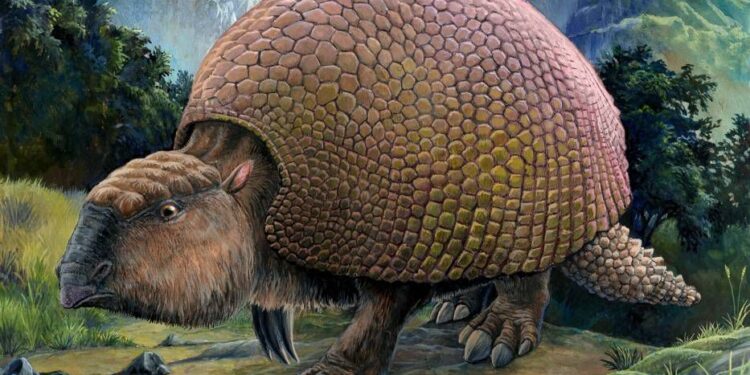The Earth’s history is marked by fascinating creatures that once roamed its lands, swam in its oceans, and soared through its skies. Sadly, many species have vanished over millennia due to natural disasters, climate changes, and human activities. Let’s journey through time and remember some of the incredible animals that are now extinct.
1. Woolly Mammoth (Mammuthus primigenius)
The woolly mammoth is one of the most famous extinct species. It lived during the Ice Age and was adapted to cold climates with its thick fur and large tusks. These relatives of modern elephants were mainly found in Europe, North America, and Siberia. They disappeared around 4,000 years ago, probably due to climate warming and overhunting by humans.
2. Dodo (Raphus cucullatus)
Endemic to Mauritius, the dodo became a poster child of extinction due to human. It is a flightless bird living in isolation with no other predators until humans appeared during the 16th century. By the late 1600s, it went extinct because of habitat destruction and invasive species.
3. Tasmanian Tiger or Thylacinus cynocephalus
This carnivorous marsupial, also known as the thylacine, originated from Australia and Tasmania. As a striped dog, this animal was hunted to extinction during the 20th century because of competition from dogs, loss of habitat, and persecution by humans. In fact, the last living thylacine in captivity died in 1936.
4. Passenger Pigeon (Ectopistes migratorius)
It once had populations in the billions throughout North America, but it is extinct because of overhunting and habitat loss. The last recorded pigeon was Martha, who was kept in captivity until her death in 1914.
5. Great Auk (Pinguinus impennis)
This flightless bird, endemic to the North Atlantic, was hunted for its feathers, meat, and oil. The relentless exploitation of this species led to its extinction in the mid-19th century. The great auk is considered an ancestor of modern conservation because its disappearance created awareness about the impact of overhunting.
6. Saber-Toothed Tiger (Smilodon)
Known for its massive canines, the saber-toothed tiger was a top predator during the Pleistocene Epoch. It roamed the Americas, hunting large herbivores. Climate changes and the disappearance of prey likely contributed to its extinction about 10,000 years ago.
7. Steller’s Sea Cow (Hydrodamalis gigas)
A cold water marine herbivorous which had been discovered in 18th century near the Bering Sea, Steller’s sea cow was a monstrous species and slow-moving. It was hunted to its death within 27 years after its discovery by people in search of its flesh and hide.
8. Quagga (Equus quagga quagga)
A subspecies of the plains zebra, the quagga was a South African animal that could be easily identified by its half-striped pattern. Extensive hunting for its meat and hide led to its extinction in the late 19th century. Efforts are underway to recreate the quagga through selective breeding programs.
9. Megalodon (Otodus megalodon)
The largest shark species ever, megalodon dominated the world’s oceans millions of years ago. Its teeth were like human hands in size; it was an apex predator. Changes in ocean conditions and competition with smaller and more agile sharks contributed to its extinction approximately 3.6 million years ago.
10. Irish Elk – Megaloceros giganteus
This majestic deer, with antlers reaching up to 12 feet, roamed Europe and Asia during the Ice Age. It is thought to have died from habitat changes and a lack of resources to support its massive size.
Learning from the Past
The extinction of these species serves as a poignant reminder of the fragility of life on Earth. While natural extinctions are part of evolution, human activity has accelerated the rate of species loss dramatically. Efforts to protect endangered species and restore habitats are crucial to ensuring history does not repeat itself.
By understanding the stories of these extinct animals, we can cultivate greater respect for the biodiversity that remains and take action to preserve it for future generations.



















